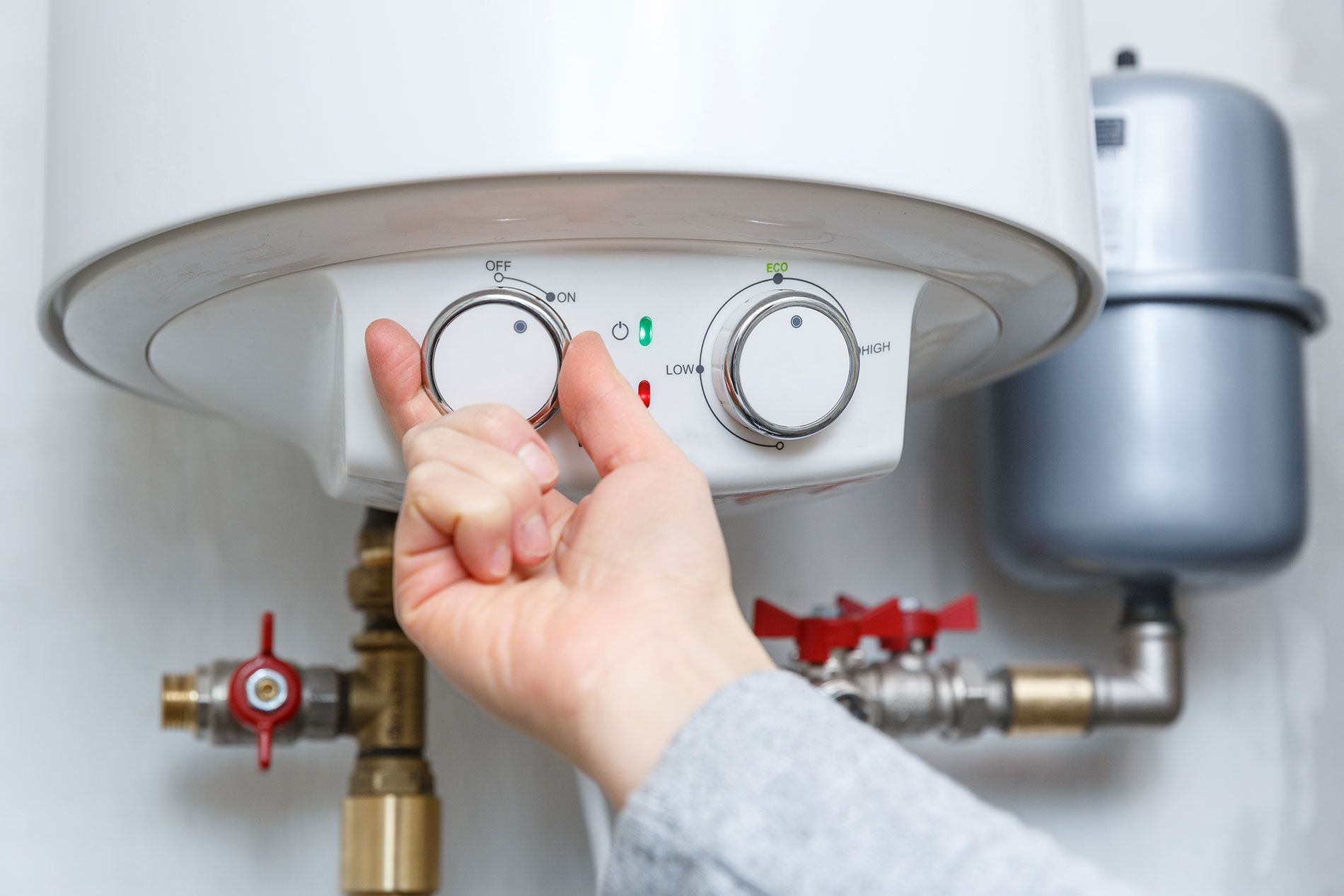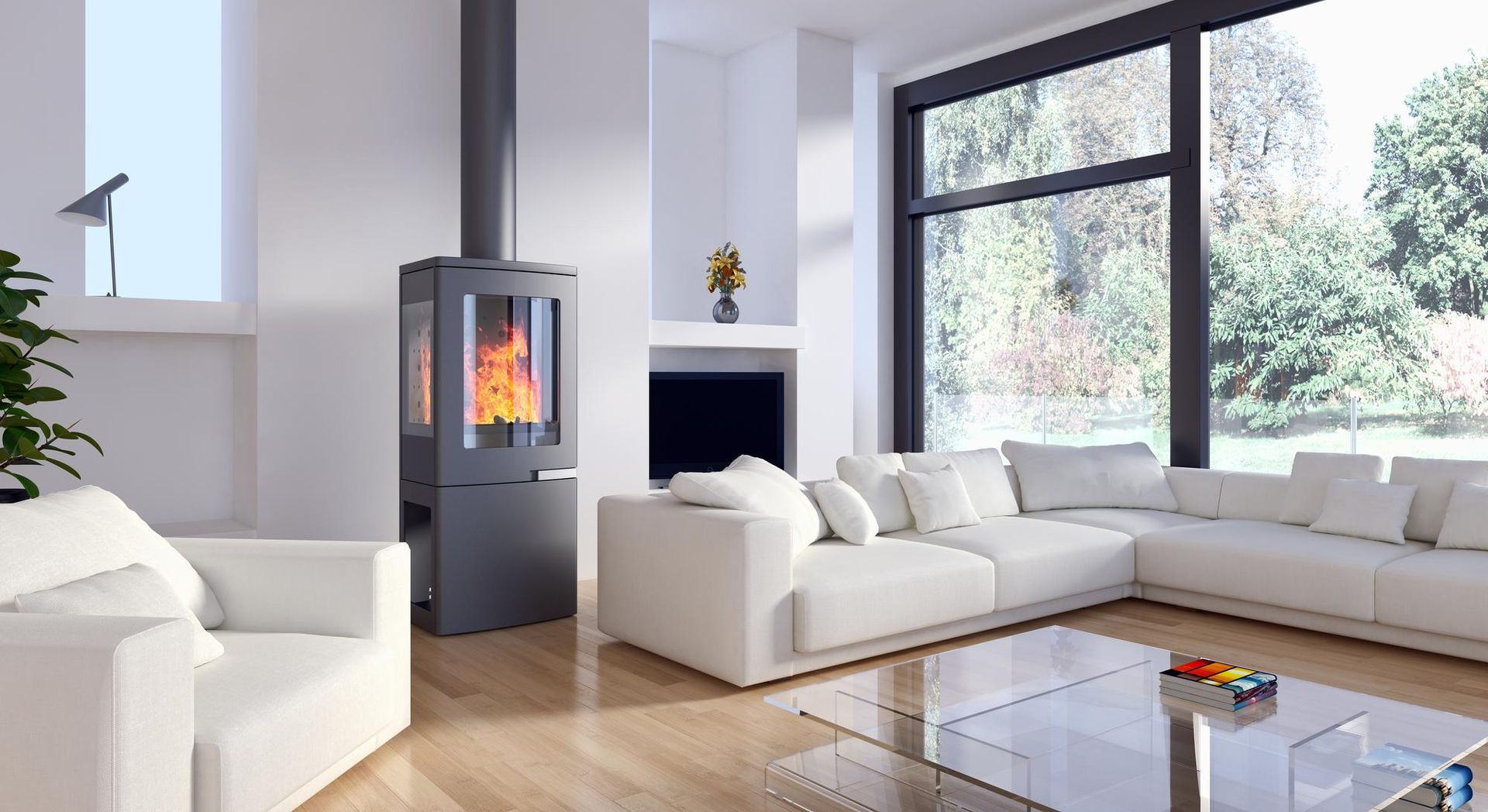Winter Woes: Quick Solutions for Emergency Furnace Repair
December 6, 2023
As winter's icy grip tightens, our homes become sanctuaries of warmth and comfort. But what happens when this comfort is threatened by a furnace breakdown? This is where emergency furnace repair becomes crucial. A malfunctioning furnace in the dead of winter isn't just an inconvenience; it can be a matter of safety. In this article, we'll explore easy-to-follow, quick solutions for the most common furnace issues. By understanding your furnace and learning a few troubleshooting techniques, you can keep your home warm and safe throughout the chilly season.
Understanding Your Furnace
A good starting point in tackling emergency furnace repair is getting familiar with your furnace. Most home heating systems are either a forced-air system or a boiler system. In a forced-air system, a furnace heats air and distributes it throughout the house via ducts and vents. Boiler systems, on the other hand, heat water or steam and distribute it through pipes and radiators.
No matter the type, all furnaces have common elements: a heat source, a method of distributing that heat, and a control system (like a thermostat). Familiarizing yourself with these components and their basic operation can be invaluable in diagnosing issues.
Quick Solutions to Common Furnace Issues
When your furnace stops working, it can feel like a daunting challenge, but many common problems have straightforward solutions.
Troubleshooting the Thermostat
The thermostat is your furnace's brain, telling it how much heat to produce and when. If your furnace isn't working properly, the first place to check is the thermostat. Make sure it's set to "heat" and that the desired temperature is higher than the current room temperature. If it's a programmable thermostat, check that the settings haven't been accidentally changed. For battery-operated thermostats, replacing old batteries might be all you need to do.
Dealing with a Blown Fuse or Tripped Circuit
Furnaces require a lot of power, and a blown fuse or tripped circuit breaker is a common issue. Check your home's electrical panel and look for a switch that has moved to the "off" position. If you find one, turn it off completely and then back on. If it trips again, you may have a more serious issue and should consult a professional.
Replacing a Dirty Filter
A clogged air filter is a leading cause of furnace problems. Filters should be checked monthly and changed at least every three months. A dirty filter can restrict airflow, causing the furnace to work harder and sometimes overheat. Changing your filter is a simple task: just slide out the old one and insert a new one, making sure it's facing the right direction.
Ignition or Pilot Light Problems
One of the most common issues during an emergency furnace repair is a malfunctioning ignition or pilot light. For older furnaces with a standing pilot light, ensure the pilot is lit. If it's out, follow your furnace's instructions to relight it safely. For newer furnaces with electronic ignition, if the ignition fails, the furnace won't operate. In some cases, simply resetting the furnace (turning it off and on at the power switch) can resolve this issue. However, if these steps don't work, it might be time to call in a professional.
Preventive Measures and Regular Maintenance
Preventive measures and regular maintenance are key to avoiding those stressful emergency furnace repair situations. The heart of furnace maintenance is a routine inspection, ideally performed annually by a qualified technician. This check-up should include cleaning and inspecting the blower, examining the furnace's heat exchanger for cracks (a potential source of dangerous carbon monoxide leaks), checking for any gas leaks in gas furnaces, and ensuring the thermostat and other controls are functioning correctly.
In addition to professional inspections, homeowners should be proactive in their furnace upkeep. This involves regularly changing or cleaning air filters, which should be done at least every three months or more frequently if you have pets or live in a dusty environment. Keeping the area around your furnace clear and free of debris is also crucial for safety and efficiency. Another important aspect is being vigilant about your furnace's performance throughout the year. Pay attention to warning signs like strange noises, uneven heating, or an unexpected increase in heating bills, as these can be early indicators of potential problems. Seasonal maintenance is also vital, especially in preparation for the colder months. This includes tasks like ensuring that all vents and air intakes are clear from obstructions, testing your furnace before the onset of winter to ensure it's working properly, and perhaps most importantly, installing or checking carbon monoxide detectors in your home. With carbon monoxide being a silent but deadly byproduct of faulty furnaces, ensuring these detectors are functioning is a critical safety measure.
By following these preventive measures and committing to regular maintenance, you can significantly reduce the likelihood of facing an emergency furnace repair, ensuring your furnace operates safely and efficiently throughout the colder months.
Safety Considerations
When dealing with emergency furnace repair, safety must be your top priority. Be aware of the dangers of carbon monoxide (CO). This odorless, colorless gas can be deadly if a malfunctioning furnace is not properly ventilated. Ensure your home is equipped with CO detectors and that they are functioning correctly. If you ever suspect a CO leak, evacuate immediately and call emergency services.
Also, when attempting any DIY furnace repairs, know your limits. Don't attempt repairs that are beyond your skill level. Always turn off the power to the furnace before starting any work to avoid the risk of electric shock.
Hiring Professional Furnace Repair Services
When your furnace malfunctions, and you're in need of emergency furnace repair, sometimes the best decision is to call in professionals. A reliable furnace repair service
can offer a quick and effective solution, ensuring your home remains warm and safe. However, choosing the right service provider is crucial.
How to Choose a Reliable Service Provider
- Research and Recommendations: Start by searching online for local furnace repair services. Check their ratings and reviews on platforms like Google, Yelp, or local community forums. Personal recommendations from friends, family, or neighbors can also be invaluable.
- Check Credentials: Ensure the service provider is licensed and insured. This is crucial for your safety and the protection of your property. A licensed technician has the training and expertise to handle complex furnace issues.
- Experience and Specialization: Consider how long the company has been in business and whether they have experience with your specific furnace model or brand.
Cost Considerations and Getting Estimates
- Transparent Pricing: Look for companies that are upfront about their pricing. Avoid those who offer vague estimates or refuse to give a quote without seeing the job first.
- Get Multiple Estimates: It’s wise to get estimates from at least two or three different companies. This will give you a sense of what the market rate is for your specific emergency furnace repair needs.
- Beware of Extremely Low Prices: While it's tempting to go for the cheapest option, extremely low prices can sometimes indicate subpar service or hidden costs.
What to Expect During a Professional Repair Visit
- Inspection and Diagnosis: The technician will start with a thorough inspection of your furnace to diagnose the problem. They might check the thermostat, filter, power supply, pilot light, and other components.
- Explanation of the Issue: A good technician will explain the problem to you in simple terms. They should be able to answer any questions you have about the repair process.
- Repair and Testing: After repairing the issue, the technician should test the furnace to ensure it’s functioning correctly. They might also perform a safety check to ensure there are no gas leaks or other hazards.
- Maintenance Tips: A reputable technician will offer advice on how to maintain your furnace and prevent future issues. This might include tips on changing filters, detecting warning signs, and scheduling regular maintenance checks.
- Follow-Up Service: Some companies offer a follow-up service to check on the furnace after the repair. This can be a sign of a company that stands by its work and prioritizes customer satisfaction.
Conclusion
As we've seen, understanding your furnace, knowing basic troubleshooting techniques, and being proactive about maintenance can go a long way in preventing and managing emergency furnace repair situations. However, remember that there's no substitute for professional expertise when needed. By keeping these tips in mind, you can ensure that your furnace runs efficiently and safely, keeping your home warm and cozy throughout the winter months.
In the Dowagiac, MI area, All Brands Heating and Cooling
is renowned for providing top-notch furnace repair and maintenance services. With years of experience and a commitment to customer satisfaction, we're here to address all your furnace needs. Whether it's routine maintenance or emergency repairs, our skilled technicians in Dowagiac are ready to provide fast, reliable service at (269) 782-8900.
Moreover, we extend our expert services to Kalamazoo, MI. Our Kalamazoo branch, equally equipped with experienced professionals, is available at (269)-251-8102
for all your furnace repair and maintenance requirements.
In Portage, MI, All Brands Heating and Cooling continues to uphold our high standards of service. If you're in Portage and need immediate professional assistance with your furnace, our dedicated team can be reached at (269) 343-8668.
Trust All Brands Heating and Cooling to keep your furnace running smoothly and efficiently all winter long, across all our locations.


